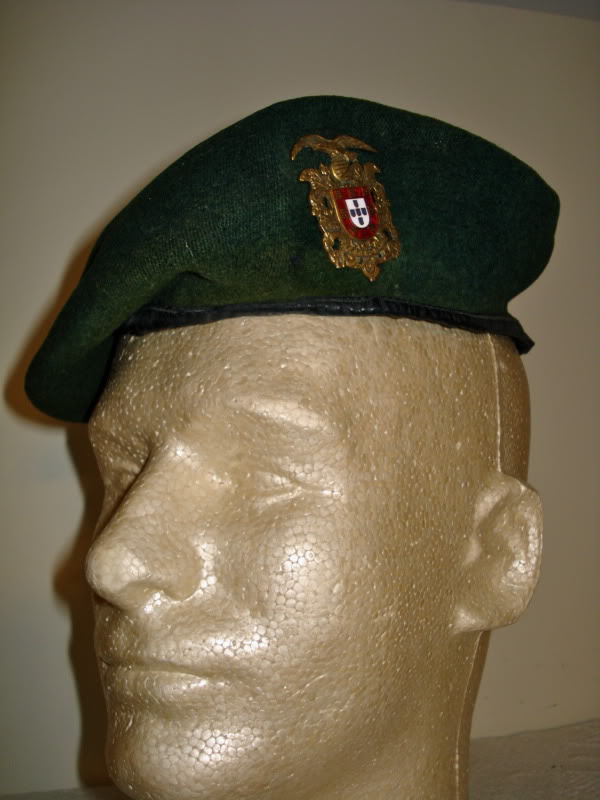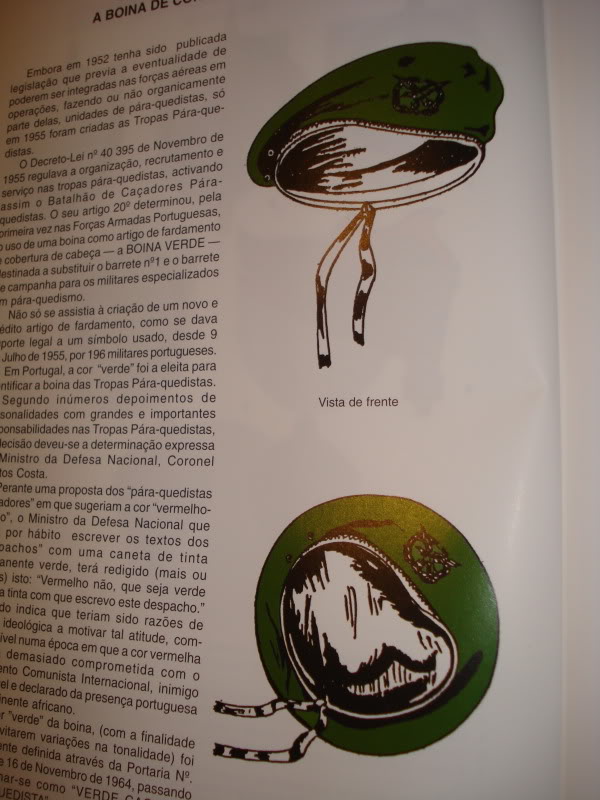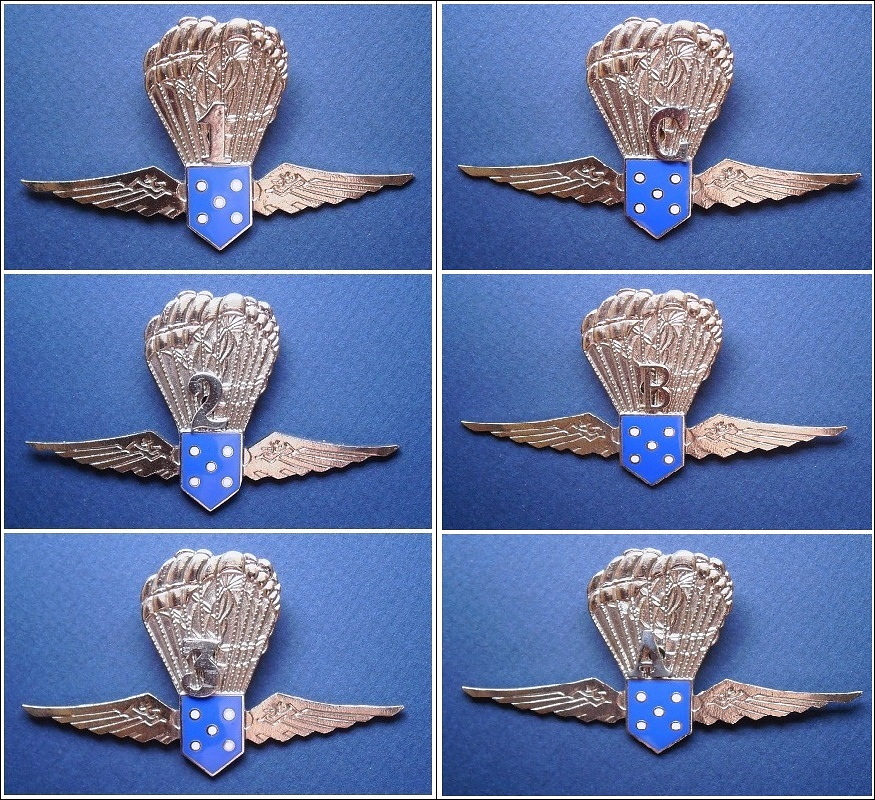Thanks. I suppose anything's possible, but it would strike me as odd that a comando, who are fiercely proud of their berets, would adorn one with the air force insignia. But then again, there was a period when the situation with the airborne and the comandos was in flux, when the former had been transferred to the army and the latter had been disbanded, and both had been combined in a newly created light infantry, quick reaction unit (the BAI, or "Independent Airborne Brigade"). But since this was an army unit, it doesn't explain the air force insignia, unless it was from a soldier who had earned both his comando and his parachute qualifications and decided to create this hybrid head cover. Still, it's quite bizarre, and definitely not regulation. My guess is that it was put together by someone who was just playing around. To answer your question, the yellow beret was for the GE (Grupos Especiais, which translates roughly to "special groups"), which were composed mostly of native troops and used in counterinsurgency operations in Africa. The GEP (Grupos Especiais Páraquedistas, or "special parachute groups") wore the red beret. There was also a camouflage beret, now quite scarce, which was used mostly by the 3rd Comandos Company and by the "Flechas," native counterinsurgency troops operated by the Portuguese secret police of the time, the PIDE/DGS. (There is a well-known photo of Daniel Roxo wearing a camouflage beret, though it's unclear whether it's from one of the aforementioned units or a separate creation.) Confusingly, I have a yellow beret with the red and green ties and a couple others with black ties, both of them with the OGFE (government uniform factory) label inside. One of my yellow berets with black ties was brought back from Africa by someone who was there during that period (it includes the original insignia), so maybe the black ties were more standard. Then again, it's possible both were used interchangeably. All the Portuguese military berets I own (and these include all the berets except the camouflage one, that is, red, green, yellow, white, light blue, dark blue, ranger green and the already-mentioned brown and yellow berets) sport black ties, except for, as noted, the brown beret with red and green ties and a black cavalry beret, which has red and yellow ties (and I already mentioned the one yellow beret with red and green ties). As far as the label inside your beret, it's hard to see, but it appears to indicate a commercial supplier of military goods based in the northern city of Porto (or Oporto, as it's sometimes spelled in English). There aren't that many such suppliers around, so the beret's approximate age might be deduced from a closer reading of the label.



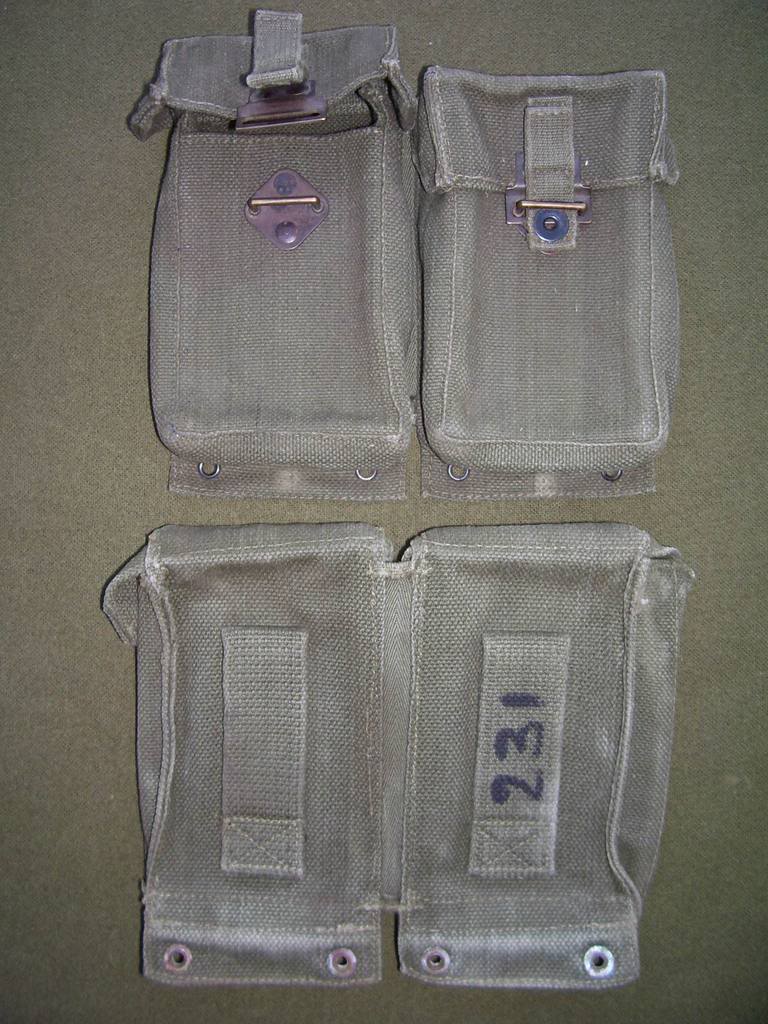
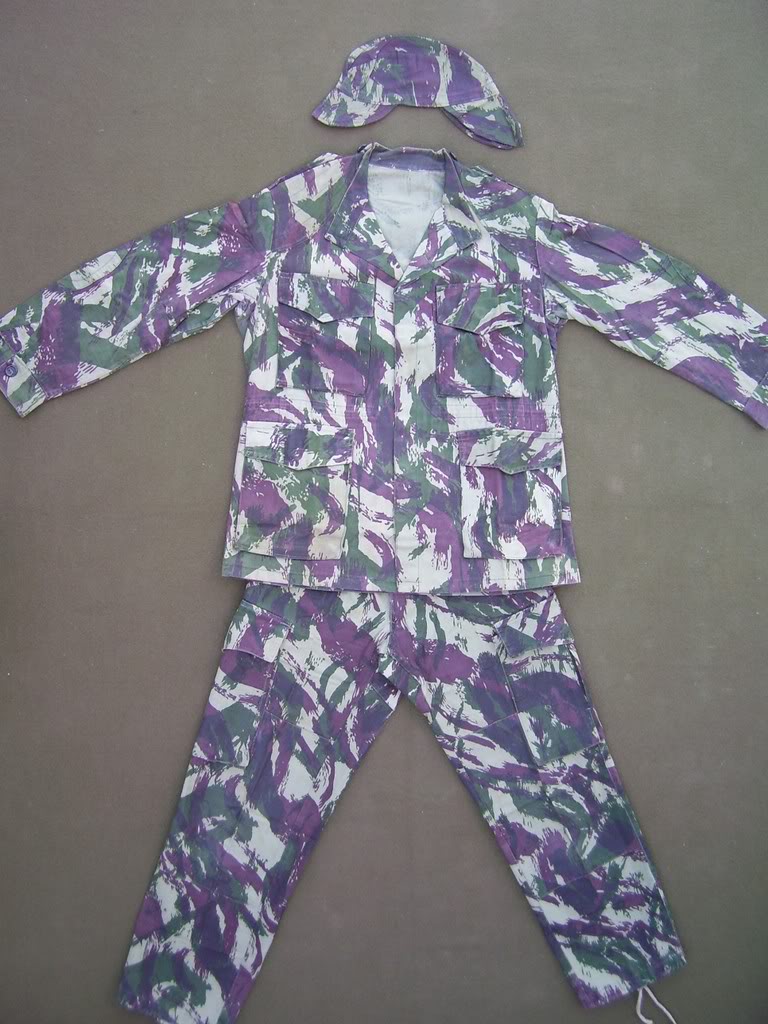

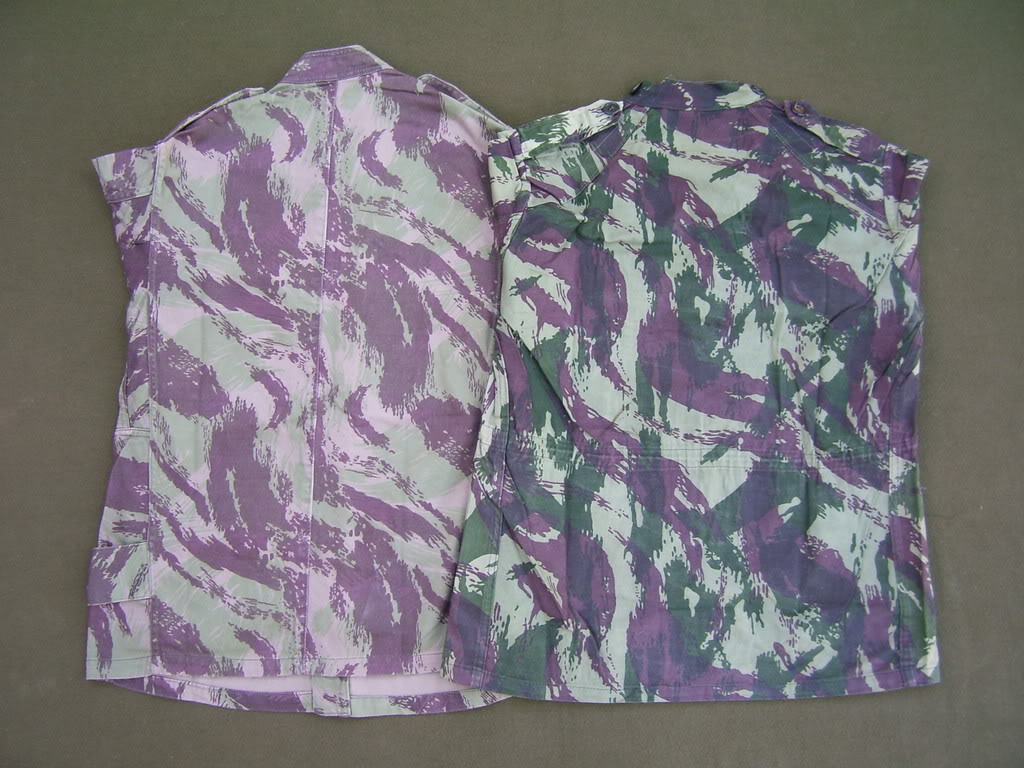
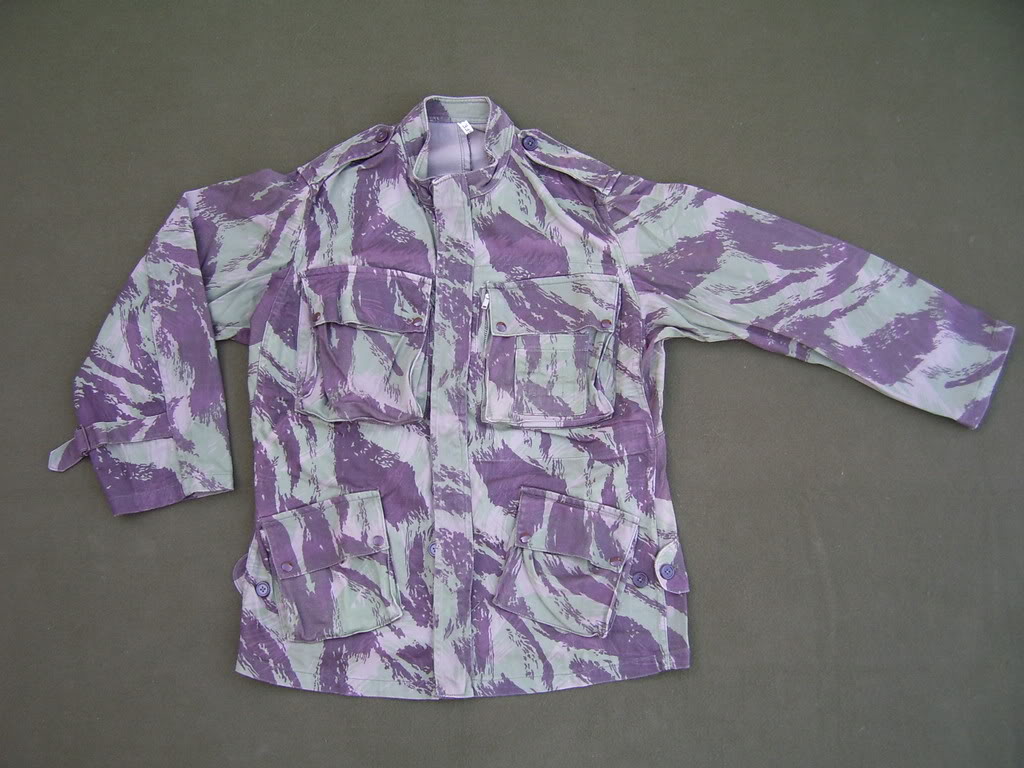



 by
by 




